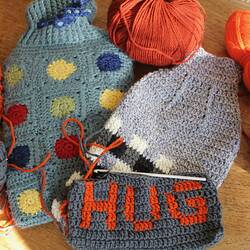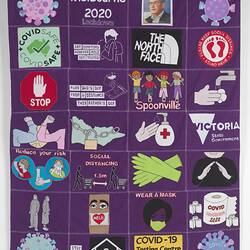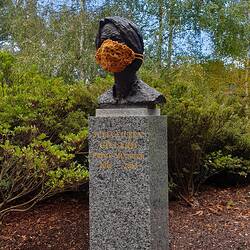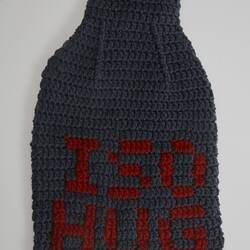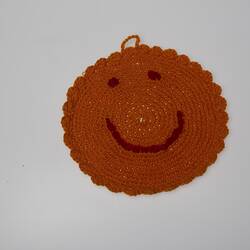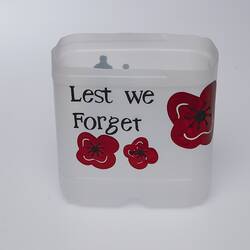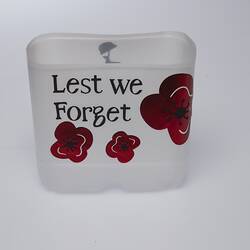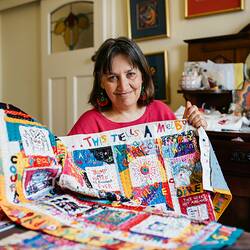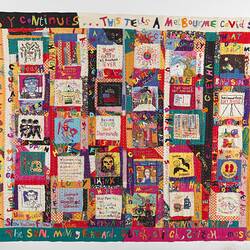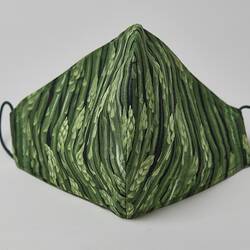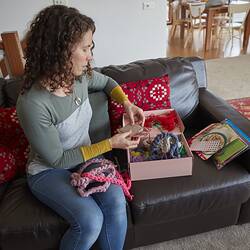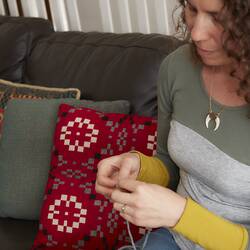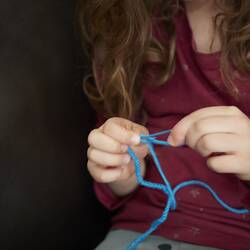During the COVID-19 lockdowns, community members could craft objects in their own home to be shared with loved ones or their local communities. Sometimes referred to as 'nanna technology', craft is often associated with the domestic sphere. Consequently, many Victorians saw lockdown, especially the first one in 2020, as an opportunity to focus their energies here. For instance, communities honoured important events by making decorations for ANZAC day, or Spoonville characters from spoons and craft scraps, placing displays in their windows, front gardens and driveways to share with community. Others could crochet, quilt or sew items at home and mail the results to loved ones or display in their windows or online.
While many large craft and makers events were cancelled, the internet enabled people to share and discuss each other's work. Online patterns were disseminated and workshops and exhibitions facilitated virtually.
Craft can provide the maker with the mental health benefits of mindfulness, meditation and focus. For some there is comfort in the repetition of certain movements, and in details of knitting or crochet for instance - an almost numbing effect. But equally the making process can provide a direction of energy and sense of purpose.
Craft has been used as vehicle for cultural and political communication during the pandemic. Facemasks in particular presented a new form of expression. The mandated necessity for facemasks led to a wealth of creative crafting - so much so that there was a shortage of elastic for creating mask ties in July 2020. Individuals and businesses made reusable masks for practical, environmental and artistic reasons.
While many people understandably found it difficult or were unable to be creative during the crisis, others turned to craft and the act of 'making' as sustenance, and as a tool for connection, communication, health and wellbeing.
More Information
-
Keywords
-
Localities
-
Authors
-
Article types

